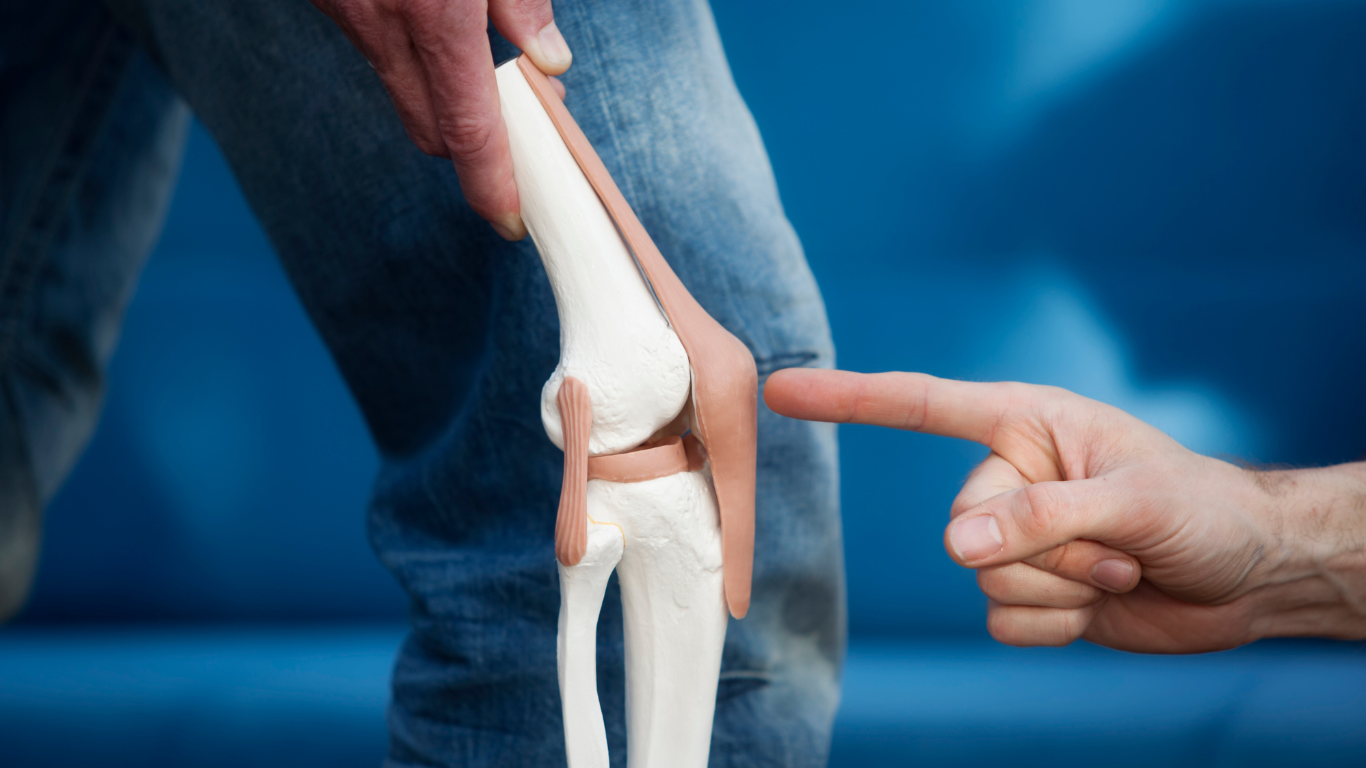Running is a favored activity among amateurs and professionals, offering countless physical and mental health benefits. The repetitive nature of running can lead to common injuries such as Runner’s Knee, Shin Splints, and Plantar Fasciitis. To address these challenges, sports medicine doctors provide injury prevention and rehabilitation expertise, helping runners and athletes maintain their performance while minimizing downtime.
What Causes Running Injuries?
Running is part of an athlete’s routine, but can lead to injuries without proper precautions. Here are three common running injuries and their causes:
- Runner’s Knee: Also called patellofemoral pain syndrome, this condition occurs when the cartilage under the kneecap becomes irritated, often due to overuse, poor running technique, or muscle imbalances around the knee.
- Shin Splints: Known medically as medial tibial stress syndrome, this condition causes pain along the shinbone, usually from suddenly increasing mileage or running on hard surfaces.
- Plantar Fasciitis: This involves plantar fascia inflammation, the tissue connecting your heel to your toes. It’s often caused by improper footwear, tight calf muscles, or insufficient recovery time after running.
What Are the Sports Medicine Specializations for Runners?
Sports medicine professionals offer valuable insights to runners, helping address the root causes of injuries. They focus on tailored preventive care to keep runners healthy and performing their best. Their expertise covers both injury prevention and effective rehabilitation strategies.
Sports Injury Prevention
Sports doctors evaluate runners’ biomechanics, identifying improper movements or weaknesses that may lead to injury. They advise on proper training regimens, footwear recommendations, and strength-training exercises to improve muscular balance. They may also conduct gait analyses, assessing a runner’s stride and posture, enabling them to recommend custom orthotics or adjustments that improve alignment.
Running Injury Rehabilitation
Sports doctors develop personalized treatment plans for runners already dealing with injuries to aid in a safe recovery. Physical therapy, stretching routines, and progressive strength training are often used to restore function. Doctors may collaborate with physical therapists to provide a comprehensive rehabilitation process.
What Steps Can Runners Take to Stay Injury-Free?
Running is a great way to stay active and healthy, but taking steps to prevent injuries is necessary. Here are some key tips to keep you running pain-free:
- Warm-Up and Cool-Down: Before running, perform dynamic stretches to prepare muscles and reduce the risk of strain. After your run, use static stretches to improve flexibility and aid recovery.
- Invest in Proper Footwear: Choose running shoes with the right support and cushioning for your foot type. To avoid excess wear, replace your shoes every 300–500 miles.
- Practice Gradual Progression: Increase your mileage and intensity gradually. Follow the “10% rule” by limiting weekly distance increases to no more than 10% to prevent overloading muscles and joints.
- Strength and Mobility Training: Build strength in key muscle groups like the glutes, quads, hamstrings, and calves, and incorporate mobility exercises to improve joint range of motion and prevent injuries.
- Listen to Your Body: Pay attention to early warning signs like persistent soreness or fatigue. Rest when needed to prevent minor issues from turning into more serious injuries.
Consult a Sports Doctor Today
Connecting with a sports doctor can make a significant difference in preventing and managing injuries. Their expertise includes individualized care plans and providing resources to help runners achieve their goals. Sports doctors support long-term success by equipping runners with the tools and insights to optimize performance. Schedule a consultation with a sports doctor to elevate your running performance.





Leave a Reply